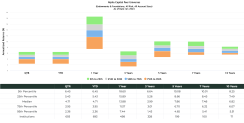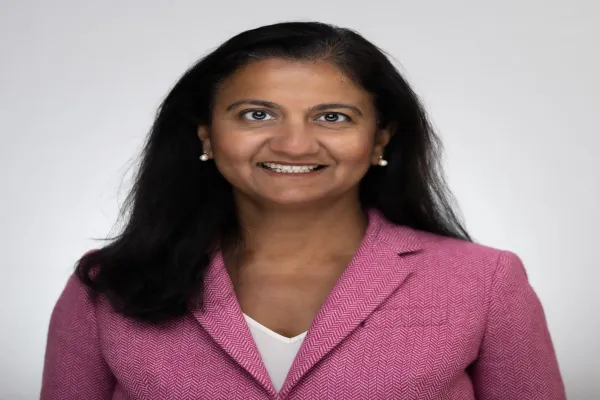The gap between the best and worst performing outsourced chief investment officer firms is growing — and clients aren’t happy about it.
Data from the Alpha Nasdaq OCIO index shows that among providers that serve endowment and foundation clients, there is significant dispersion — 200 basis points or more — in returns between the top and bottom quartile firms.
“When there’s this big of a dispersion, they feel like they’re with the wrong OCIO, and they want a change,” said Brad Alford, founder of OCIO search firm Alpha Capital Management, which partners with Nasdaq on the index.
The index includes 50 OCIO providers including TIFF, Mercer, Cambridge Associates, and Verger Capital.
Index data provided to Institutional Investor shows that managers in the top-performing quartile returned 15.89 percent on average for the year ending March 31, 2024. Managers in the bottom quartile returned 11.57 percent on average. The top five percent returned 18.6 percent on average, and the bottom five percent returned 7.44 percent on average. This sample set included 498 institutions.
Annual numbers, though, shouldn’t be enough for institutions to make decisions on their OCIO providers. But longer term returns show a similar trend.
For a sample set of 328 organizations, top quartile annual average returns were 5.26 percent. Bottom quartile returns were 3.01 percent, and the bottom five percent returned 1.43 percent. Alford said that the three-year spread, in particular, is larger than he’s ever seen before.
The five-, seven-, and ten-year periods show similar dispersion, with a 200 basis point difference between the top and bottom quartiles.

In addition to prompting more OCIO searches, Alford said that these performance issues have resulted in fee negotiations.
“OCIO fees are coming down too,” he said. “There's a lot of pressure there. We're seeing a lot of reduction in OCIO fees.”
He noted that only two OCIO providers still charge performance fees. The cost to manage capital otherwise has fallen as well. According to Alford, fees charged by OCIOs to their endowment and foundation clients now average between 20 and 30 basis points, down from 40 to 60 basis points a few years ago.
Between fee declines and clients searching for a new OCIO provider every few years, OCIO firms are feeling the pressure. Some are merging to cut costs: Cerity recently acquired Permit Capital Advisors and Agility’s OCIO firm, while Vanguard sold its OCIO unit to Mercer.
Others are winding down. Last week Institutional Investor reported that Edgehill Endowment Partners, which reports data to the Alpha Nasdaq Index, is closing its doors. The decision is related to client concentration, sources said.
However, other OCIO firms clearly face performance concerns that mimic those at nonprofits with internal investment offices. In 2023, the organizations that underperformed did so primarily because of their private investment allocations. Alford said: “It's the double whammy. They have too much in private assets and too much in active traditional equity.”
“The sword cuts both ways in that in a big sell-off, you don’t participate in the downside,” he added. “In a big run up, you don’t participate in the upside. It gives you a fake standard deviation because there’s no volatility. You're really seeing it play out now and some very unhappy clients.”







